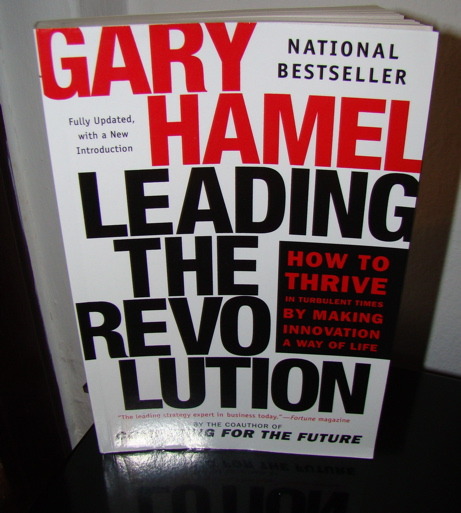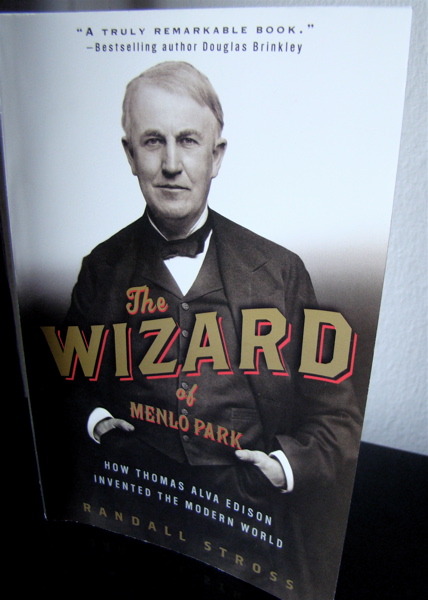
What is it about?
Gary Hamel writes about the future of leading a company and explains that innovation will rather come from your normal employees than from the top management. He focuses on some outstanding companies like Cemex, Schwab or UPS.
Key points?
Encourage activism: A lot of front line employees see problems that the (top) management can’t see. You have to enable every employee to share their ideas.
Build internal markets for talents, capital and ideas: A great way to allocate resources are markets. Hamel recommends to build internal markets for these components to allow people to execute their ideas.
Measure your innovation progress: If a idea seems fertile let people test it. If it succeeds let them build ventures and if this venture is successful try to spin-off or reintegrate this venture in your company. You probably have to generate lots of ideas for one successful venture, so start filling the funnel!
Conclusion
Leading the Revolution is a great book for its time. There are some really neat ideas like internal markets which are now successfully adapted (e.g. at Google). Furthermore, Gary Hamel understood the idea of crowdsourcing long before it became familiar.


